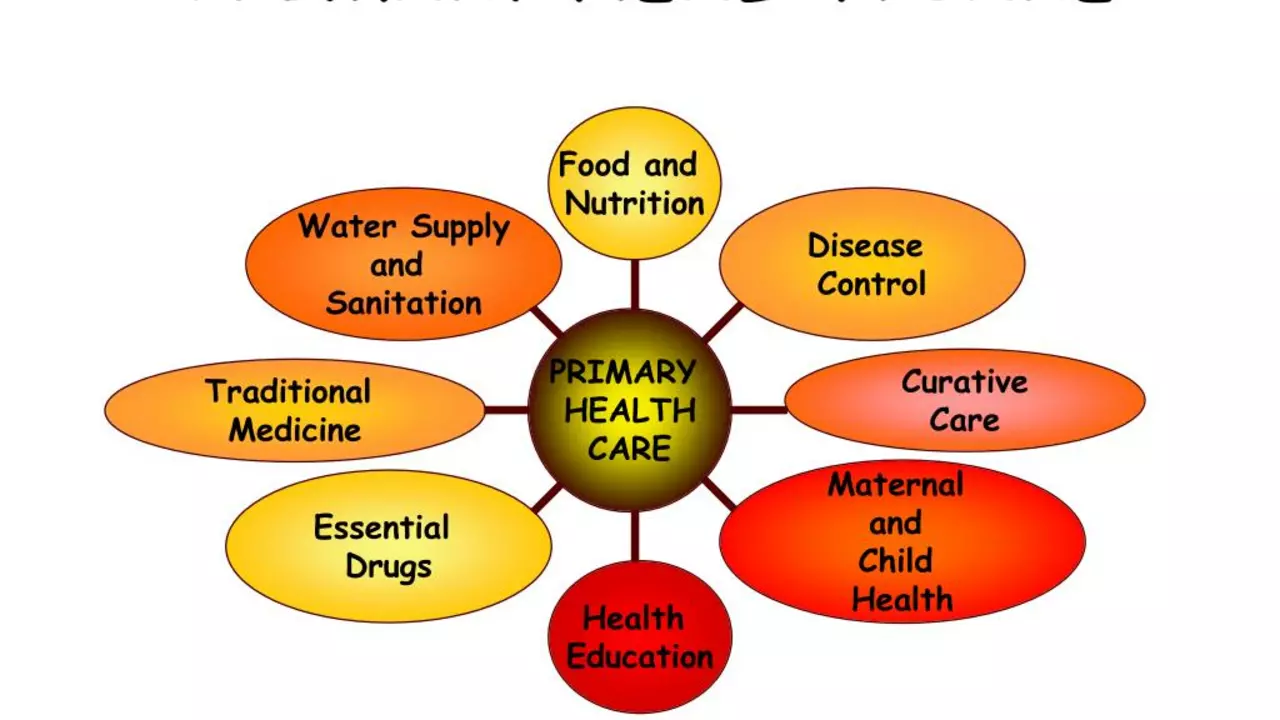Health & Wellness Made Simple: Real Tips You Can Use Right Now
Welcome to the health & wellness hub where we cut the jargon and give you straight‑forward advice. Whether you’re curious about fixing primary health care problems or wondering why some people get better care than others, you’ll find clear answers here.
Fixing Primary Health Care – What Works?
Primary care is the first line of defense for most health issues, but it often runs short on staff and resources. One of the quickest fixes is training more doctors who love community work. Think of it like adding extra players to a soccer team – more hands on the field means fewer gaps.
Technology also plays a big role. Simple apps that let patients book appointments online or get reminders for check‑ups make the whole system run smoother. No need for fancy gadgets; even a basic video call can connect a rural patient to a city doctor.
Lastly, preventive care is a cheap but powerful tool. Simple habits like a daily walk, regular blood pressure checks, or a quick diet tweak stop bigger problems before they start. It’s like cleaning your house a little each day instead of waiting for a massive mess.
Why Health Care Isn’t Equal for Everyone
Health care inequalities happen when factors like income, race, or where you live dictate the quality of care you receive. People in low‑income neighborhoods often face clinics that are understaffed or far away, making it harder to get timely help.
Rural areas suffer a similar issue. A farmer living miles from the nearest hospital may wait days for a specialist, while a city dweller can walk to a top‑rated clinic in minutes. This distance gap leads to delayed diagnoses and worse outcomes.
Cultural barriers add another layer. If health messages aren’t offered in a language patients understand, or if they clash with cultural beliefs, many avoid seeking care altogether. Simple steps like providing multilingual staff or community health workers can bridge that divide.
Addressing these gaps starts with awareness. When we recognize that not everyone starts from the same place, we can push for policies that fund more clinics in underserved areas, subsidize care for low‑income families, and train doctors to be culturally sensitive.
Ready to take action for your own health? Start by checking if your local clinic offers online appointments, ask about preventive screenings, and support community programs that aim to close the care gap. Small moves add up, and together they make the whole system healthier.

- 0 Comments
Alright folks, let's unpack this health care conundrum together! Primary care is like the MVP of healthcare, but it has its hurdles. The cool part is we've got some slam dunk solutions! First off, training more primary care physicians is like adding extra superheroes to the team. Also, innovative tech can be the Robin to our Batman, enhancing efficiency and accessibility. Lastly, promoting preventive care is like eating your vegetables - it might not be the most exciting, but it keeps the bad stuff at bay! Now, isn't health care a little less scary?

- 0 Comments
Inequalities in healthcare services are a worldwide issue that I think we should all be aware of. It refers to the unfair differences in access to or quality of health services, often based on socioeconomic status, race, or geographical location. Those with a lower income or from marginalized groups frequently experience poorer health outcomes. Furthermore, people living in rural areas may not have the same access to healthcare as those in urban centers. It's a complex issue that encompasses a range of factors - from affordability to cultural barriers - and it's something we need to address if we truly want health equality for all.